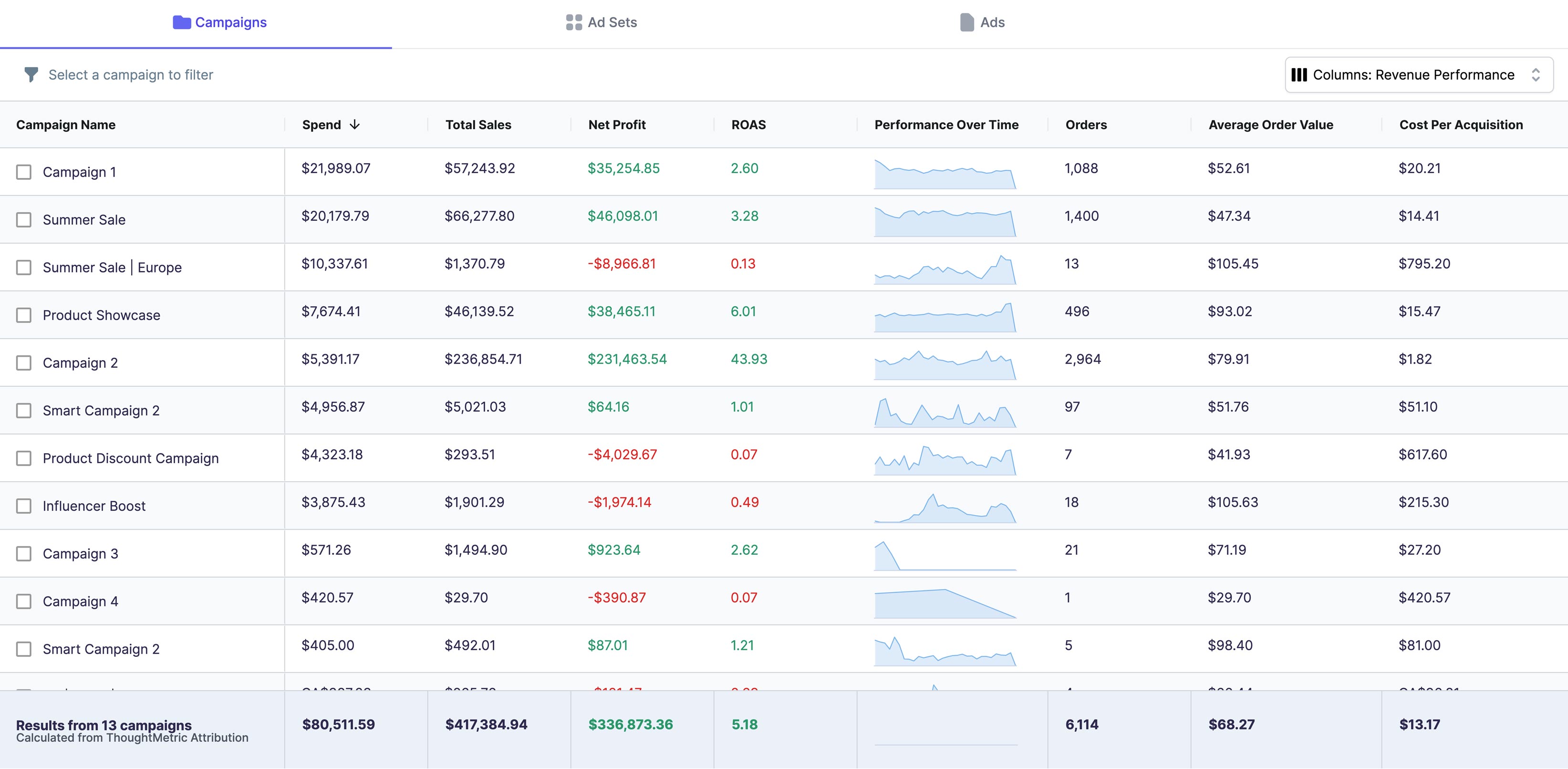Are you using Facebook Ads Manager to promote your business or product but struggling to measure your ad reach? Understanding the many facets of reach can help you create effective Facebook ad campaigns that generate maximum impact for your business. In this article, we'll walk you through the various types of reach, how to analyze reach metrics, and how to make the most of Facebook Ads Manager to optimize your ad campaigns.
Understanding Reach in Facebook Ads Manager
Facebook Ads Manager is an essential tool for businesses and advertisers who want to reach their target audience on the world's largest social media platform. It allows you to create, manage, and track your Facebook ad campaigns, and one of the essential metrics it tracks is reach.
Reach is a crucial metric in Facebook's advertising ecosystem as it measures the number of unique people who have seen your ad. In other words, reach is the size of your potential audience. Measuring reach is essential to understanding how well your ads are resonating with your target audience and how many people are viewing them.
Definition of Reach
Reach is defined as the total number of unique Facebook users who have viewed your ad within a specific period, usually a day or week. It's important to note that reach is not the same as impressions, which is the total number of times your ad is displayed in front of people, regardless of whether they engage with it. Rather, reach measures the number of unique people who have seen your ad, regardless of how many times they've seen it.
For example, if your ad is displayed to the same person three times, it will count as three impressions but only one reach. This is because reach measures the number of unique people who have seen your ad, not the total number of times it's been displayed.
Types of Reach
Facebook Ads Manager measures three types of reach: organic, viral, and paid.
-
Organic reach: Organic reach describes the number of unique people who saw your post or ad without paid promotion. This means that your ad was displayed to users who follow your page or who have engaged with your content in the past.
-
Viral reach: Viral reach represents the number of unique people who saw your post or ad through a search or a friend's action such as liking your page or sharing your post. This means that your ad was displayed to users who may not have been aware of your brand before.
-
Paid reach: Paid reach is the total number of unique people who saw your ad as a result of paid promotion, such as boosted posts or sponsored ads. This means that your ad was displayed to users who may not have been aware of your brand before but were targeted based on their interests or demographics.
Importance of Reach in Advertising
While reach may seem like a basic metric, it's crucial as it determines the size of your potential audience and how many people are seeing your ads. Knowing your reach metrics helps you understand how well your ads are resonating with your target audience and how many people are seeing your ads.
When you set up your ad campaigns, Facebook Ads Manager provides various tools to help you optimize your ad to target your desired audience better. For example, you can use Facebook's audience targeting options to define your target audience based on demographics, interests, behaviors, and more. This allows you to reach the right people at the right time and maximize your ad's impact.
In conclusion, understanding reach is essential to creating successful Facebook ad campaigns. By measuring your reach metrics and optimizing your ad targeting, you can reach your desired audience and achieve your advertising goals.
Setting Up Your Facebook Ads Manager Account
The first step in measuring your reach on Facebook is setting up your Ads Manager account. Follow these steps:
Creating a Business Manager Account:
If you're new to Facebook Advertising, you'll first need to create a Business Manager account. A Business Manager account helps you manage different aspects of your business on Facebook and enables you to access Facebook's sophisticated advertising tools..
Navigating the Ads Manager Interface:
Once you're set up with your Business Manager account, navigate to the Ads Manager Dashboard. The Ads Manager interface provides multiple tools to help you optimize your ad campaigns to reach your desired audience.
Connecting Your Facebook Page and Ad Account:
After setting up your Business Manager account and navigating to your Ads Manager Dashboard, the final step is connecting your Facebook Page and Ad Account. This step enables you to create ads, track performance, and optimize your ads for better reach.
Creating A Facebook Ad Campaign
Once you're set up with the Ads Manager interface, the process of creating a Facebook ad campaign is straightforward. Follow these three steps:
Choosing Your Campaign Objective:
The first step in creating your ad campaign is choosing your campaign objective. Facebook offers multiple campaign objectives, including ad awareness, reach, engagement, lead generation, conversions, and more. Your objective should be specific to the goals you want to achieve with your ads.
Defining Your Target Audience:
The second step in creating your ad campaign is defining your target audience. Use Facebook's sophisticated targeting tools to narrow down and refine your audience based on various factors such as age, gender, location, interests, behavior, and much more.
Setting Your Budget and Schedule:
The final step in creating your ad campaign is setting your budget and schedule. Determine how much you want to spend on advertising and set a schedule for your ads. With Ads Manager, you can choose to spend a specific amount daily or an overall budget for the lifetime of your ad.
Analyzing Reach Metrics In Facebook Ads Manager
Once your ad campaign is up and running, Facebook Ads Manager provides multiple tools to analyze your reach metrics.
Accessing Reach Data:
To access your reach data, navigate to your Ads Manager Dashboard. Select the ad campaign you want to analyze, and Facebook will provide you with detailed reach metrics in the Campaign Overview section.
Understanding The Reach Metrics:
Facebook provides various reach metrics, including total reach, unique reach, frequency, and more. Total reach reflects the overall number of people who saw your ad, while unique reach measures the number of unique people who saw your ad. Frequency represents how often your ad was shown to your target audience.
While reach is a crucial performance metric, it's essential to compare it with other performance metrics such as engagement rates, conversions, clickthrough rates, and more. These metrics help you determine the effectiveness of your ad campaigns and optimize your tactics for better performance.
Conclusion
Measuring reach is an essential aspect of creating successful ad campaigns on Facebook and reaching your desired target audience. Facebook Ads Manager provides multiple tools to help you measure and optimize your reach metrics for better performance. Understanding the many facets of reach, including organic, viral, and paid reach, is crucial to optimizing your ad campaigns. By following the steps outlined in this article, you'll be well on your way to creating effective Facebook ad campaigns that generate maximum impact for your business.





